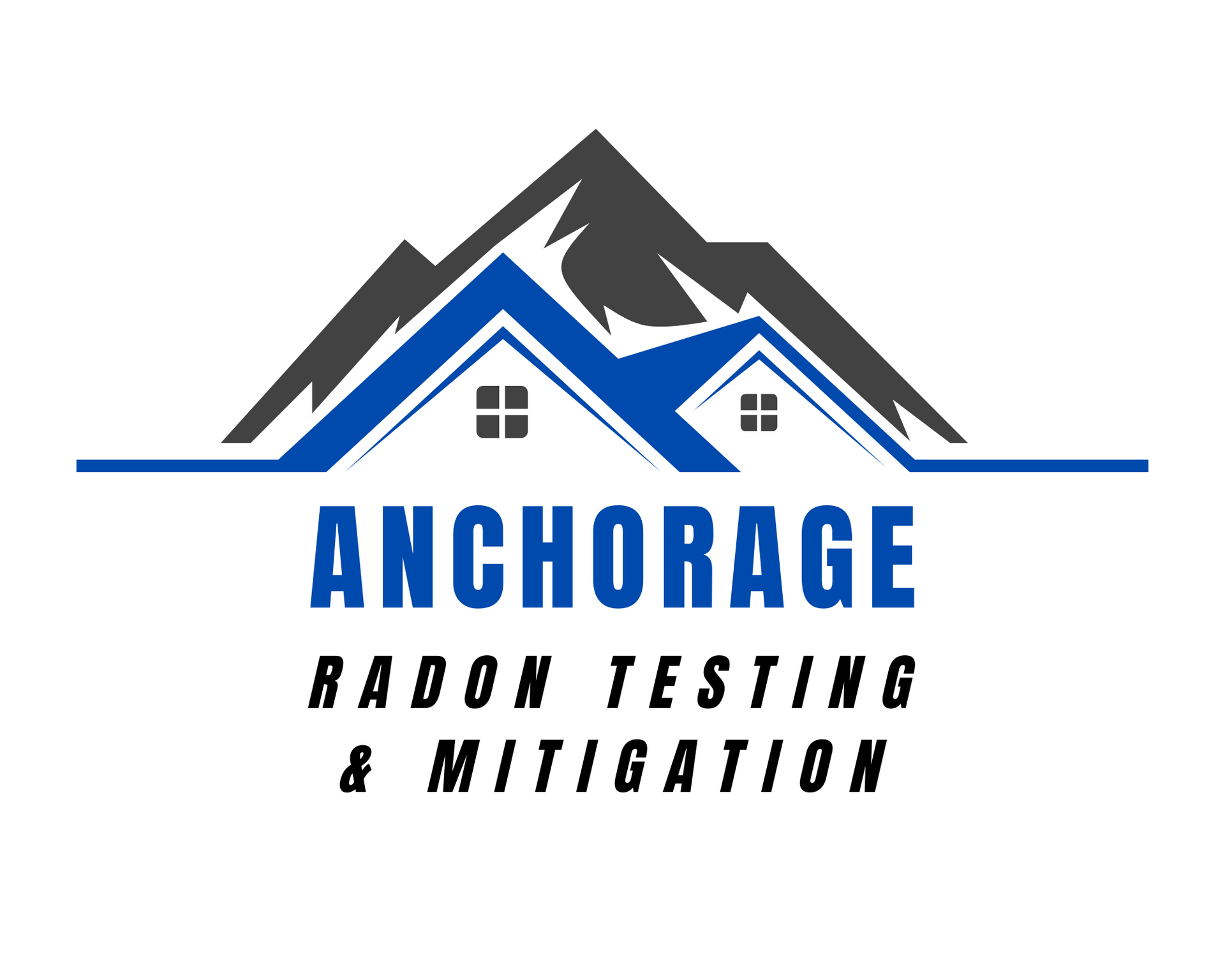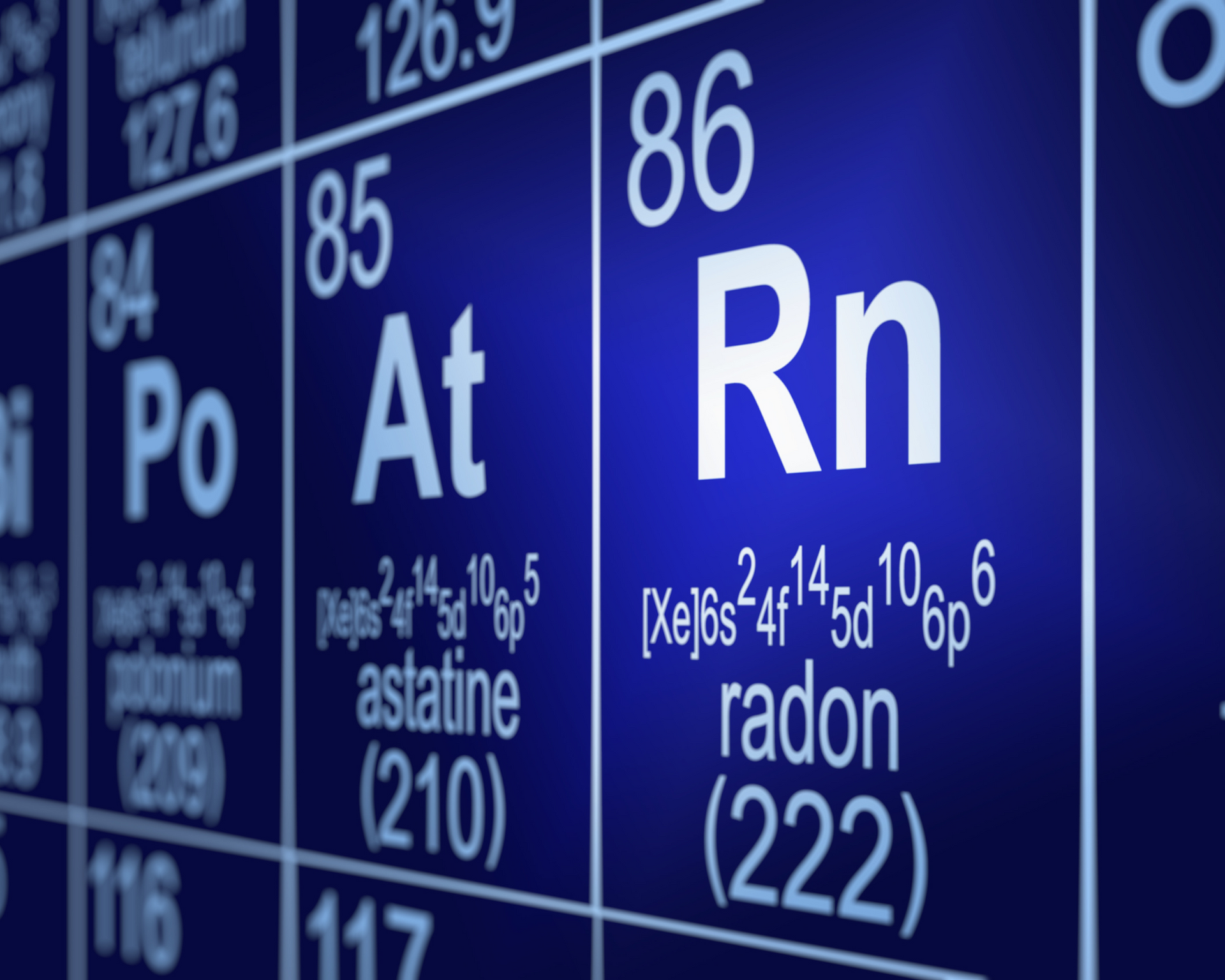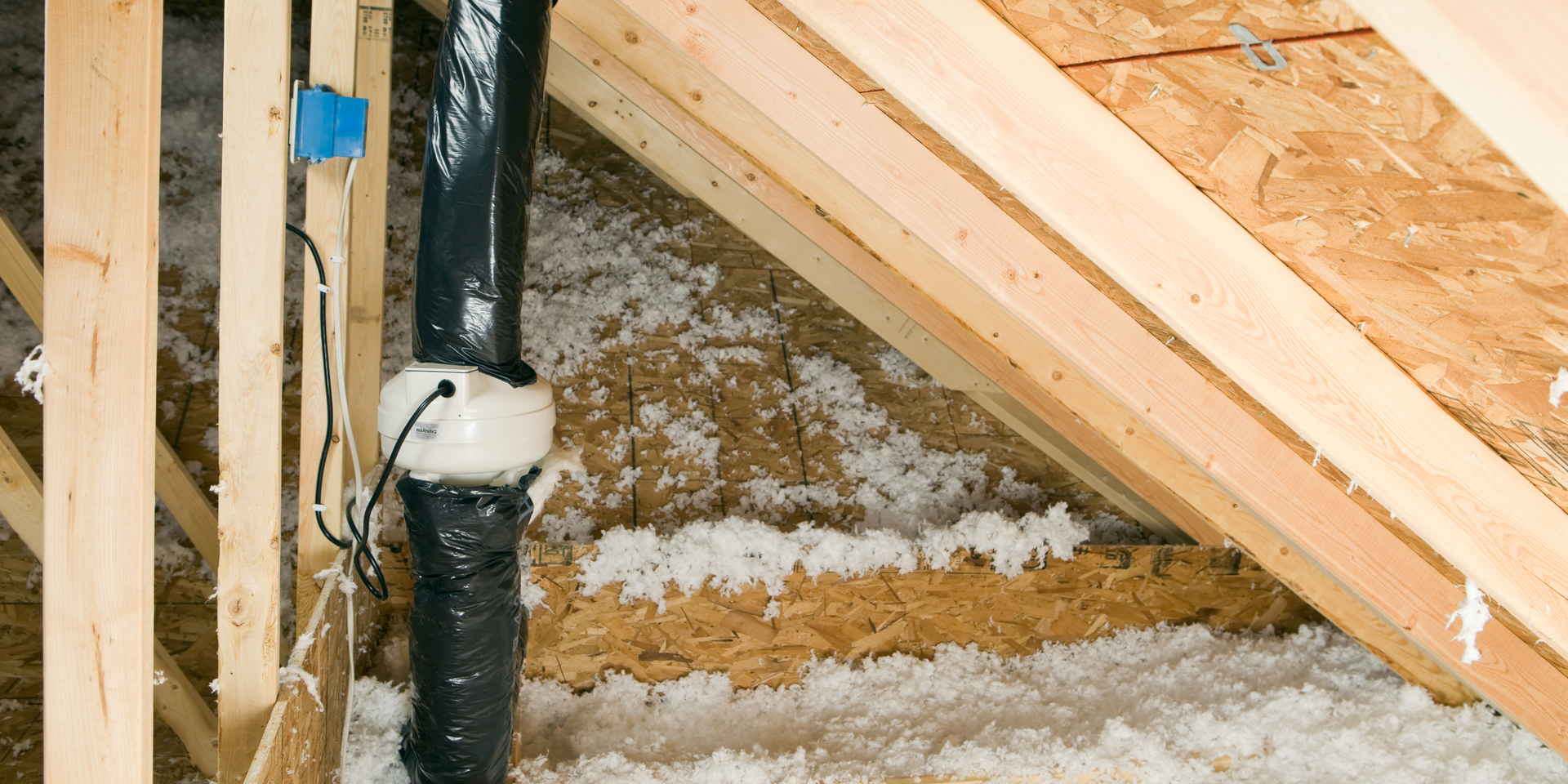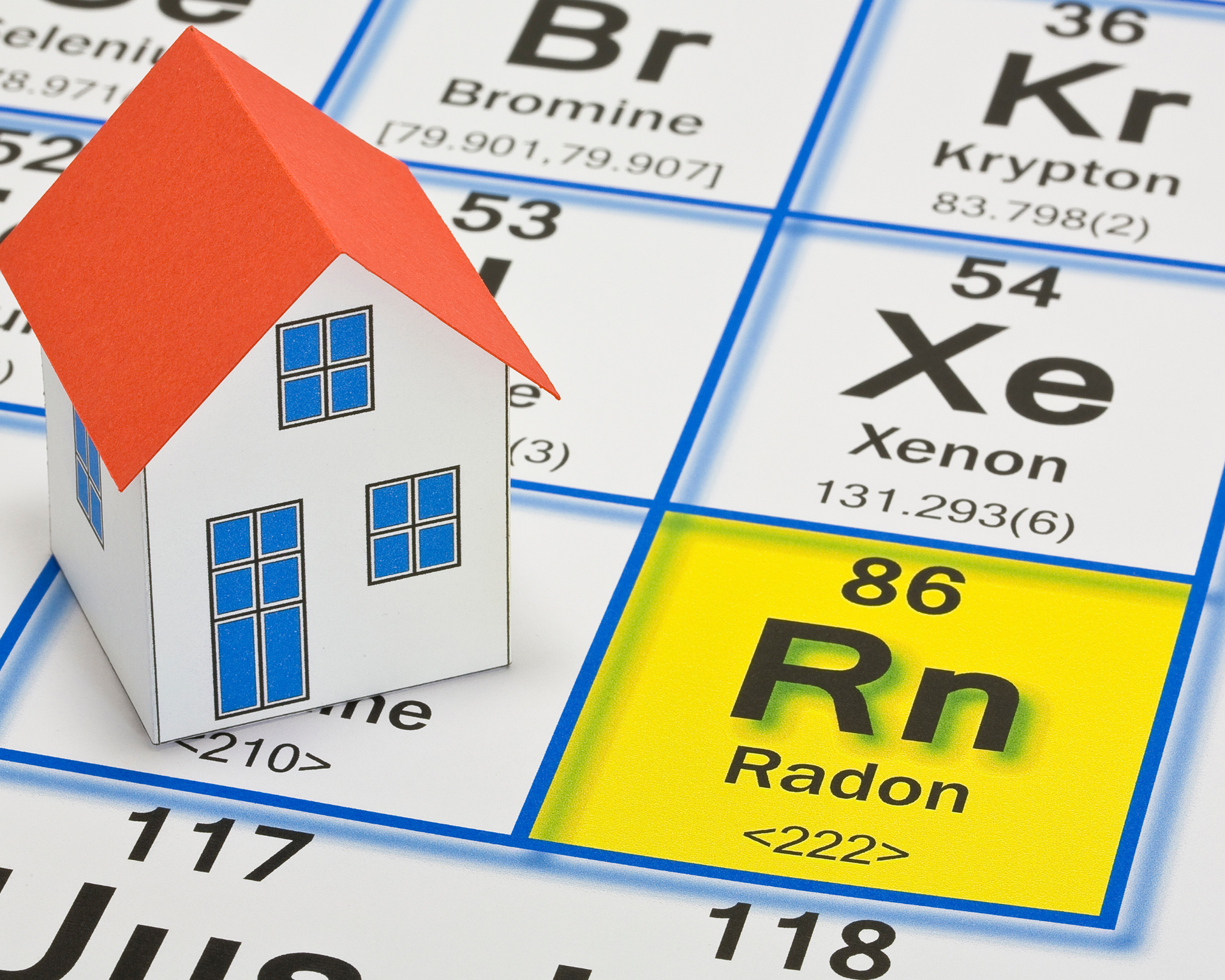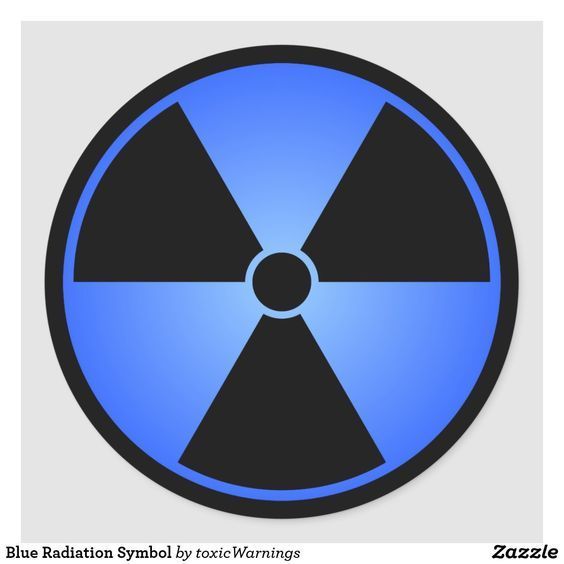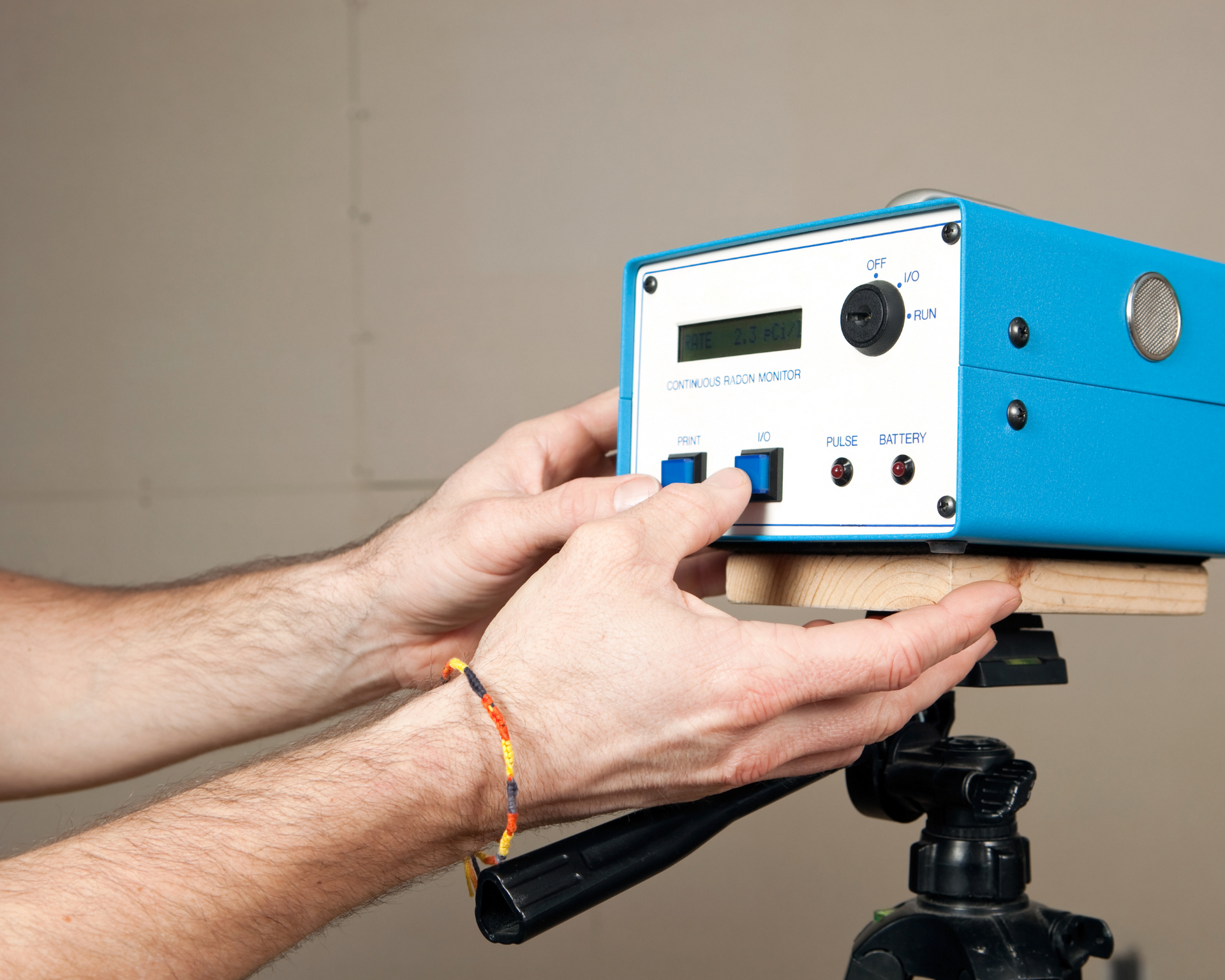What is Radon and How Do You Test For It?
What to Know About Radon and Tests For It
What is Radon?
Radon is a naturally occurring, odorless, and invisible radioactive gas that comes from the breakdown of uranium in soil and rock. It can seep into homes through cracks in the foundation and contaminate indoor air.
How Do You Test For It?
Radon testing involves placing a short-term (2-7 days) or long-term (91 days to 1 year) detector in the lowest living area of a home to measure the concentration of radon, a radioactive gas that can cause lung cancer. You can buy test kits online or at home improvement stores, or you can hire a qualified professional to perform the test. If your results show radon levels at or above 4 pCi/L, retesting and professional radon mitigation are recommended.
Why Should I Test for Radon?
- Health Risk: High levels of radon exposure are a leading cause of lung cancer, especially for non-smokers.
- Only Way to Know: Testing is the only way to determine if your home has unhealthy levels of radon, as you cannot see or smell it.
When to test again:
- After high results: If your initial test is 4 pCi/L or higher, follow up with another short or long-term test.
- Every two years: Retest your home for radon every few years, especially during cooler months when homes are less ventilated.
- After renovations: Test again after major home renovations or alterations.
- If buying or selling: A buyer may require a new test to ensure the home is safe.
Where to find professional help: At Anchorage Radon Testing & Mitigation, we happy to help with inquiries, questions, testing, mitigation around radon.
